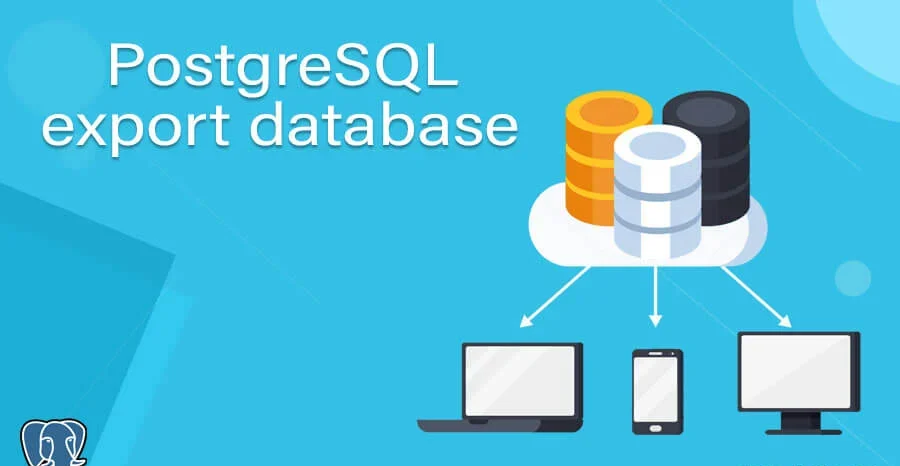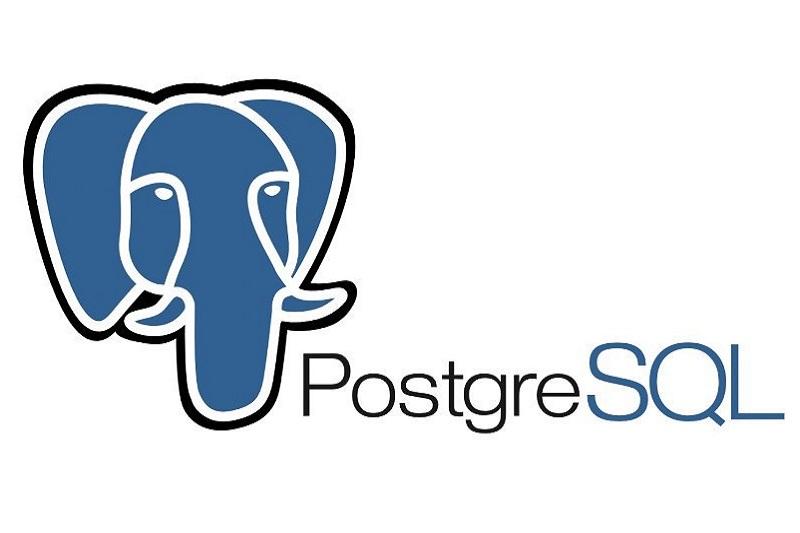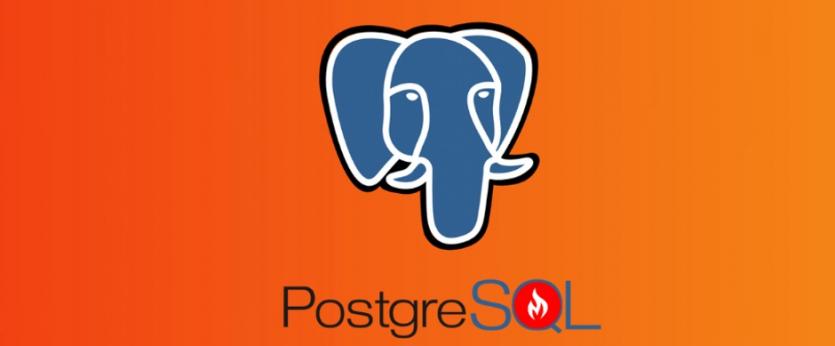What Features Does Postgresql Database Provide To Developers?
Postgresql Database (Postgresql) is an open-source object-relational database system over 30 years old.
PostgreSQL, formerly called Postgres, was designed by a team of experienced developers led by computer science professor Michael Stonebraker and is now known as one of the most popular open-source databases.
This information bank is considered by developers and development teams due to its excellent stability, performance, and flexibility.
Given the importance of this database in information technology, we will get acquainted with its capabilities, advantages, and disadvantages in this article.
PostgreSQL Genesis History
The PostgreSQL project began in 1986 at the Berkeley School of Computer Science at the University of California, Berkeley. This project was first named POSTGRES and was created to support different data types.
A decade later, I changed it, and in 1996, the POSTGRES project was renamed PostgreSQL to show that it fully supports SQL. Today, some sources use the term Postgres to refer to this database.
What is the PostgreSQL Database?
PostgreSQL is a free and open-source relational database (RDBMS) management system based on Structured Query Language (SQL). This information bank allows programmers to use SQL and JSON to implement relational and non-relational queries. This database management system provides various free applications to programmers with advanced commercial database management systems such as Oracle and SQL Server.
What application features does PostgreSQL provide?
The most important features offered by PostgreSQL are the following:
It allows developers to use databases in their applications flexibly. This database management system is equipped with an integrated protection mechanism that ensures that bank managers’ information is maintained according to the principle of information integrity when working with post-critical databases.
In case of problems and errors in the operating environment, data will not be lost.
PostgreSQL is multi-platform and can run on various operating systems. Interestingly, most modern core programming supports this database.
High-end mechanisms use high-level mechanisms to lock and protect information. This database supports multicast synchronization control, so simultaneous access to the database is possible. PostgreSQL Database has full server-side programming capability, which is a significant advantage. This database is designed following the ANSI SQL standard of the American National Standards Association.
PostgreSQL fully supports client-server network architecture, so it can be implemented on networks based on this architecture.
This database has advanced security mechanisms such as SSL that are log-based and trigger-based reflectivity.
The PostgreSQL database is fully compatible with the object-oriented programming paradigm, so programmers proficient in topics such as inheritance can easily interact with the database. Support for JSON, PostgreSQL allows it to communicate with other databases such as non-relational databases (NoSQL).
What significant benefits does PostgreSQL offer to developers?
Now that we know the essential features of the PostgreSQL Database let’s look at the unique benefits it offers developers. The most important advantages of this database management system are the following:
PostgreSQL can run dynamic websites and web applications as a LAMP stack. LAMP is the four words Linux, Apache, MySQL-Server, and PHP.
These four programs are among the most popular open-source programs known as Web Stack. Linux is a popular operating system for users and network administrators. Apache is one of the most popular web servers in Linux.
MySQL is a database management system. PHP is a server-side programming language.
Combining these critical components allows developers to optimize the web development process.
PostgreSQL Database is open source, and its source code is available to users. Therefore, companies or developers can make changes to the code based on business needs.
It can support GIS modules for use in location-based services and GIS. The syntax of PostgreSQL Information Bank is simple, So you do not need to spend a lot of time learning it. The management process is simple and, in addition, does not require much free space for installation.
What are the disadvantages of the PostgreSQL Bank Management System?
Like other databases, PostgreSQL has its advantages and disadvantages. The most important disadvantages of this information bank are the following:
PostgreSQL is slower than MySQL. In PostgreSQL, making changes to achieve better speeds requires more time, whereas MySQL requires little work to optimize database speed.
The problem arises because the PostgreSQL Database focuses more on compatibility than speed. While most open-source applications support the MySQL Database, not all support the PostgreSQL database.
What are the uses of PostgreSQL?
PostgreSQL has many uses and is used in a wide range of applications. The most important applications of this database are the following:
Convenient financial options
The PostgreSQL database is an ideal DBMS system for the financial industry. In addition, it is fully compatible with ACID, which makes it a viable online transaction processing (OLTP) option. ACID stands for Isolation, Consistency, Atomicity, and Durability. The definition of each of these words is as follows:
- OmAtomicity: This term is known to all or nn e, I t whether a transaction be executed entirely. For example, if you perform three different operations in a transaction, all three procedures must be completed, or none must be performed.
- Consistency: The concept of consistency means that a transaction moves the database from one consistent state to another constant state. In other words, it must follow the system’s constraints and move the system from one stable condition to another.
- Isolation: Suppose several transactions are running together in a database. The system must manage each transaction to appear as if it were the only transaction running in the entire database.
- Durability: Stability means that the transactions in the execution phase have a lasting effect and are never accidentally destroyed.
Convenient options for working with geographic information
PostgreSQL Database provides a powerful, high-standard computing system for spatial information called PostGIS. Of course, PostGIS is an extension of this database that can store geographic data and is published under the GPL license. This system has hundreds of functions for processing geometric data in various formats.
In addition, using both QGIS and GeoServer tools, which are mapping tools, provides the easiest way to manage Geodata, which is geographic information.
Industry
Today, industrial manufacturers use the PostgreSQL Database to speed up their business. PostgreSQL helps them use this open-source DBMS as a storage source in software applications and supply chain performance. The above approach reduces organizations’ operating costs in the long run.
Web technology and NoSQL
PostgreSQL is the best option if a website has to respond to hundreds or thousands of requests at a time. It is compatible with all web development frameworks and technologies, such as Django, Node.js, Hibernate, PHP, etc.
In addition, this database’s responsiveness allows it to be scaled as needed, increasing the number of database servers.
Working with scientific data
Information and data are generated and stored in terabytes in scientific projects. Therefore, handling this data is one of the most critical challenges of these projects. To that end, the PostgreSQL Database offers excellent analytics capabilities and a powerful SQL query engine.
This information bank helps to manage large volumes of data efficiently. Given the popularity and versatility of the MySQL database, it is best to compare MySQL and PostgreSQL to make better decisions about which database to use.
MySQL and PostgreSQL differences
MySQL Database is a relational database management system (RDBMS) that allows you to store, search, sort, and retrieve data over the web. MySQL Database is ideal for working with web-based applications, especially websites.
The most important differences between the two information banks are the following:
- MySQL makes its source code available to users under the GNU License, but PostgreSQL makes it available. GNU is a license that provides more flexibility in editing core software code.
- Oracle currently owns MySQL, and there are several paid versions of it, but PostgreSQL is free and open-source, which means that the user will never have to pay to use the software.
- MySQL is ACID compatible only when using NDB and InnoDB cluster storage engines, but PostgreSQL is entirely ACID compatible.
- MySQL performs well on OLAP and OLTP systems, which are significant issues for data read speed, but PostgreSQL performs better on systems that run complex queries on the database.
- MySQL has trusted software and works well with business intelligence applications that are difficult to read. PostgreSQL also works well with business intelligence-based applications. However, it is more suitable for data warehousing and analysis applications requiring fast reading and writing information.
When should we use MySQL?
When choosing a database for a project, developers ask which MySQL or PostgreSQL is more appropriate. In answer to this question, we must say:
PostgreSQL allocates a new process for each new client connection, each space occupying 10 MB of main memory space. PostreSQL is built to focus on development, standards compliance, scalability, and data integrity, which slows down PostreSQL databases.
Therefore, MySQL is better than PostgreSQL for simple workflows and high-volume traffic. PostgreSQL is an object-relational database, while MySQL is a fully relational database.
PostgreSQL includes table inheritance and performance overload features, which can be problematic for some applications. It is more inclined to SQL standards and works better than MySQL in concurrency management.
It also supports parallel search applications that can use multiple CPU cores. In addition to the above, you must also pay attention to the customer’s request. For example, speed is critical for some users and companies, especially online stores. Others are looking for faster database scalability in the future.
last word
This article has tried to introduce the PostgreSQL open-source database and briefly mentions its advantages and disadvantages. One of the most important benefits of the PostgreSQL Database is its compatibility with various frameworks, programming languages, and middleware.
PostgreSQL Database is open source and free, and you do not need to pay anything to use it. One of the essential features of this information bank is that it can run dynamic websites and web applications as an option for the LAMP stack and can support JSON data.

